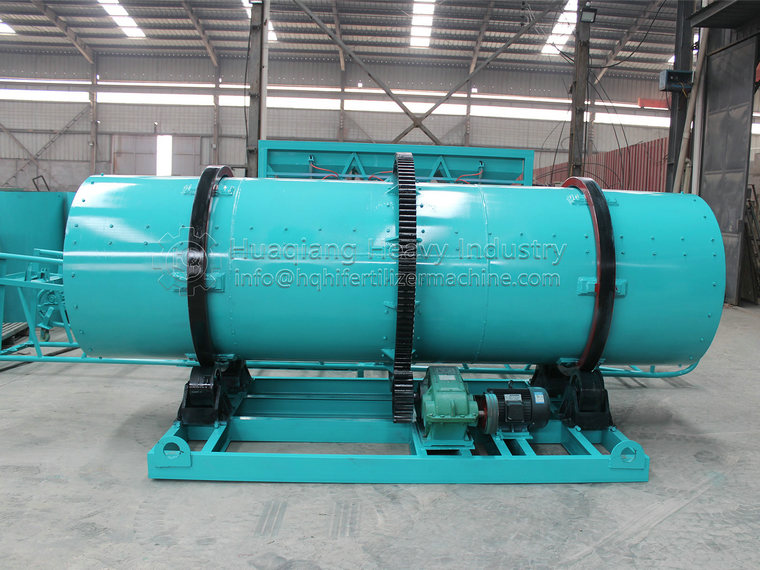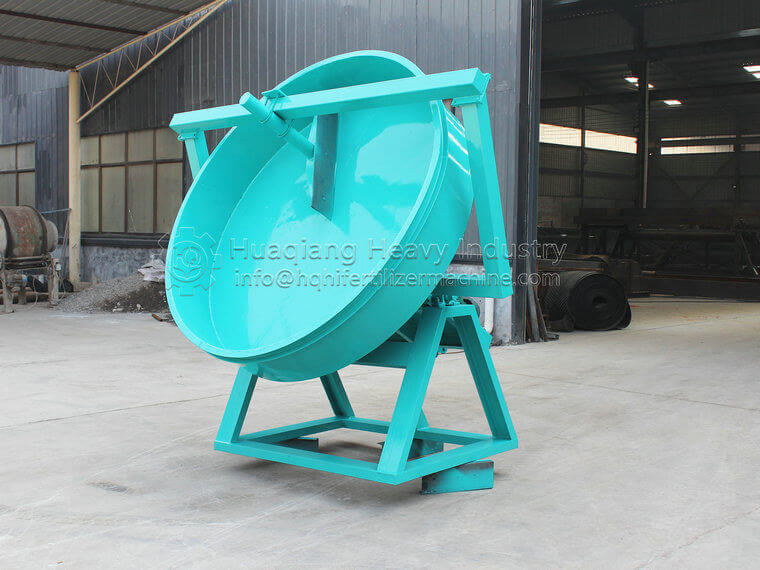Application of Organic Fertilizer Crusher in Fertilizer Production Line
The organic fertilizer crusher is a type of fine crushing equipment that is optimized and designed based on advanced domestic and foreign fine crushing equipment. It is a non screening and adjustable fine crushing equipment and can be widely used as the mainstream equipment in mineral processing equipment. It can be used for the final crushing of various materials such as mixtures, gypsum, coal gangue, slag, copper ore, etc. It is also a commonly used crushing equipment in the compound fertilizer industry, suitable for the crushing of raw materials and return materials, especially for materials with high moisture content, strong adaptability, not easy to block, and smooth feeding.
The organic fertilizer crusher has strong adaptability to materials with high moisture content, is not easy to block, and has smooth feeding. The material enters from the feeding port and collides with the high-speed rotating chain inside the casing. After being impacted, the material is compressed and broken, and then collides with the inner wall of the casing for counterattack before colliding with the hammer. During the falling process, it undergoes several impacts and becomes powder or particles below 3mm, which are discharged from the lower part.
The structure of the organic fertilizer crusher consists of a lower frame, casing, upper and lower shaft seats, main shaft, hammer head, hammer head bracket, belt pulley, motor frame, etc. The power is driven by a triangular belt to rotate the main shaft. The main shaft has two bearing seats, upper and lower, which are installed on the upper and lower ends of the casing. The casing assembly is installed on the lower frame, and the main shaft is equipped with a hammer head and a hammer head bracket. The feeding hopper is installed on the upper part of the casing. In order to facilitate the loading and unloading of the hammer head, a flap is opened on the casing, Easy to disassemble and repair.
Advantages of organic fertilizer crusher: The inner wall of the machine casing is lined with polypropylene board, which alleviates the problems of wall sticking and difficult cleaning. The chain cutter head is made of steel, which can effectively improve production efficiency. This machine has the characteristics of reasonable structure, easy operation, and strong applicability.






.jpg)

